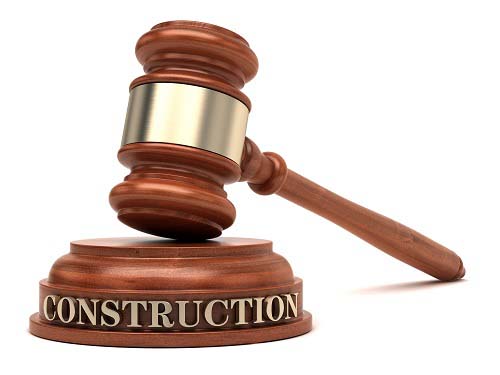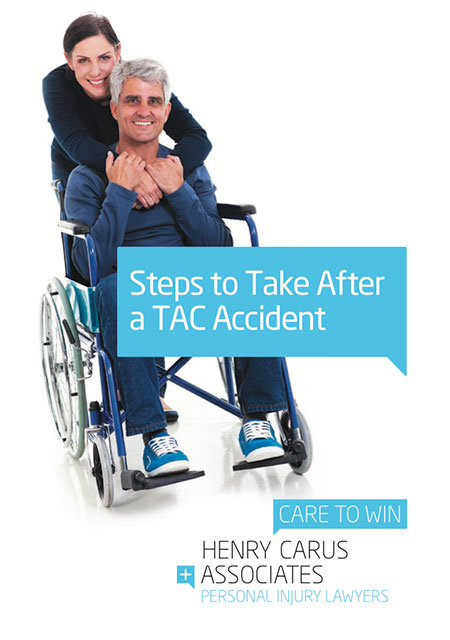
Many persons are injured in a commercial store or building, or at a home, where they believe the accident has been caused completely or partially because of the way the premises have been constructed. It could be the arrangement of a flight of stairs, or a poorly constructed balcony, or a step in a passage way, or it could be the absence of a bannister.
Many times when investigations are made the construction of the building be it a store, an office building or a residential home has been built to the relevant Building Code of Australia.
In other words, it conforms to what the building code required at the time that it was constructed.
When that happens many lawyers, including those that even practice in the personal industry field, believe that there is no claim available in negligence against the owner of the building or home for the accident. That conclusion many times is wrong.
There is a solid body of law that talks about what is reasonable in the circumstances which has to be greater than just a simple examination of what the Building Code of Australia required.
The Building Code of Australia looks at minimum standards to be used in commercial and residential structures. It does not totally cover the field of safety.
There was a wonderful decision delivered in the matter of Toomey by his Honour Justice Eames in 2001 which clearly addressed and applied the concept that safety is not limited with reference to the Building Code of Australia.
In that matter, a young budding Australian Lacrosse Olympic hopeful was seriously injured when he was pushed accidentally by two friends wrestling and fell over a bannister. He fell from an elevated height fracturing his spine and was left in a wheelchair for the rest of his life.
The proceedings were brought against the owners and builders of the hotel where this accident occurred.
The defence wanted to rely tremendously on the fact that the bannister involved was built to code.
In response, the Plaintiff’s lawyers argued that the height of the bannister was unreasonable in light of the expected heights of individuals, including the Plaintiff, and what would occur if a person was pushed or came across the bannister with any force.
If that occurred, which did occur in respect of Mr Toomey, the bannister was too low and could not prevent Mr Toomey from being tipped over the bannister and fall. The risk of a serious injury from such a fall was high.
That concept is one that all Personal Injury Lawyers should keep in mind, and our firm does every time we inspect an accident site on behalf of a client.
We go out to the accident site early on, even before we hire experts, so that we may form our own experienced view as to whether in all the circumstances the building or structure has been built to a safe standard.
It is the experience of our Principal, Henry Carus acting for Insurers and practising Public Liability law for over 30 years that allows our firm to easily form the view as to whether a building or structure is adequate or inadequate.
Anyone with an accident in a public space would greatly benefit by contacting our office for an immediate inspection of the accident site.
 Call Us Today
Call Us Today



